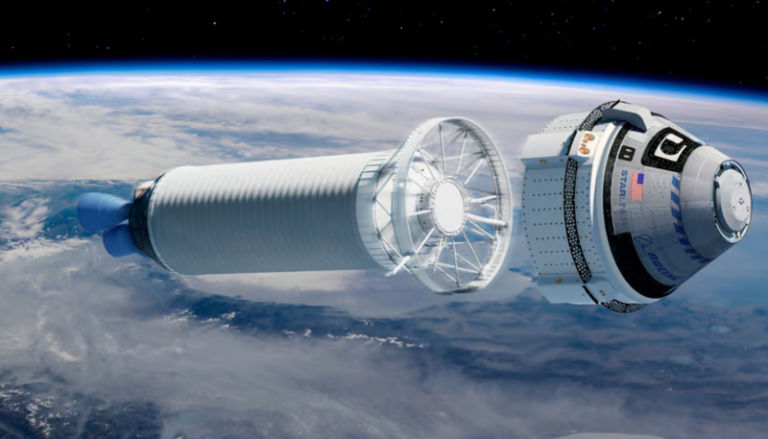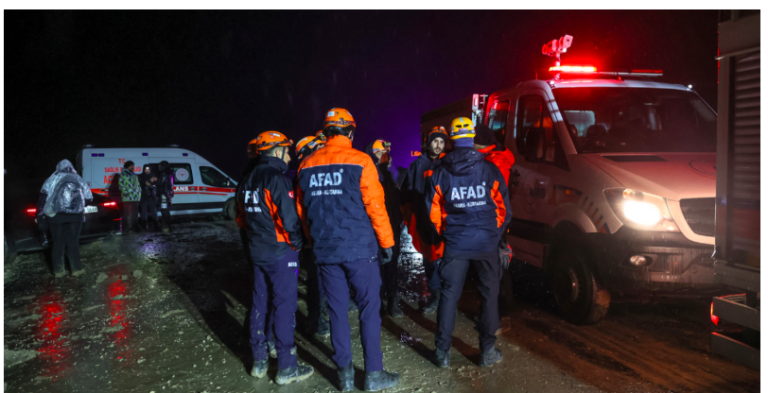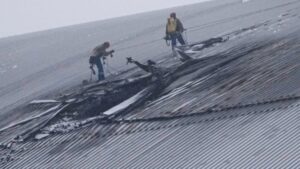After more than a decade of delays and development, Boeing’s Starliner crewed spacecraft is scheduled to launch. Given the history of the craft and the company’s recent scandals, it’s a nail-biter – so let’s recap CST-100 Starliner.
Originally conceived in 2010, what is known today as the CST-100 Starliner seemed like a Formula 1 racer put in competition with a wind-up toy. Funded by a NASA Commercial Crew Transportation Capability (CCtCap) contract, the Starliner was one of two contenders for a new spacecraft to ferry cargo and crew to and from the International Space Station (ISS). Because the brief of the program was to foster competition, another contender was named, SpaceX’s Crew Dragon.
At the time, it appeared to be ridiculously unfair. Boeing was one of the two leading aerospace companies in the world with a track record going back almost a century. It built a long line of legendary military and civilian aircraft, rockets and spacecraft for the Apollo program, the Space Shuttles, and is the primary contractor for the ISS. SpaceX was still a relative newcomer run by a man with a reputation for making extravagant promises that often failed to pan out.
Two lifeforms merge in once-in-a-billion-years evolutionary event
Fourteen years later, it’s a completely different story. SpaceX has made numerous visits to the space station and has also launched its own private missions into orbit. Meanwhile, Starliner was mired by a long string of delays, cost overruns, embarrassing mission failures, and launch aborts due to malfunctions one would not expect of such an experienced company as Boeing.
And then there are the scandals that Boeing has suffered outside of Starliner. There’s been a door plug blowing out on a 737 in flight, the sudden death of a former Boeing quality manager who was set to testify regarding safety concerns, the deadly crashes of two 737 MAX 8 aircraft in 2018 and 2019 due to serious design flaws, and the grounding of entire fleets of aircraft. Not to mention stock market plunges, accusations of sidelining engineers in decision-making, and CEO sackings.
Continue here: New Atlas
Ask me anything
Explore related questions





